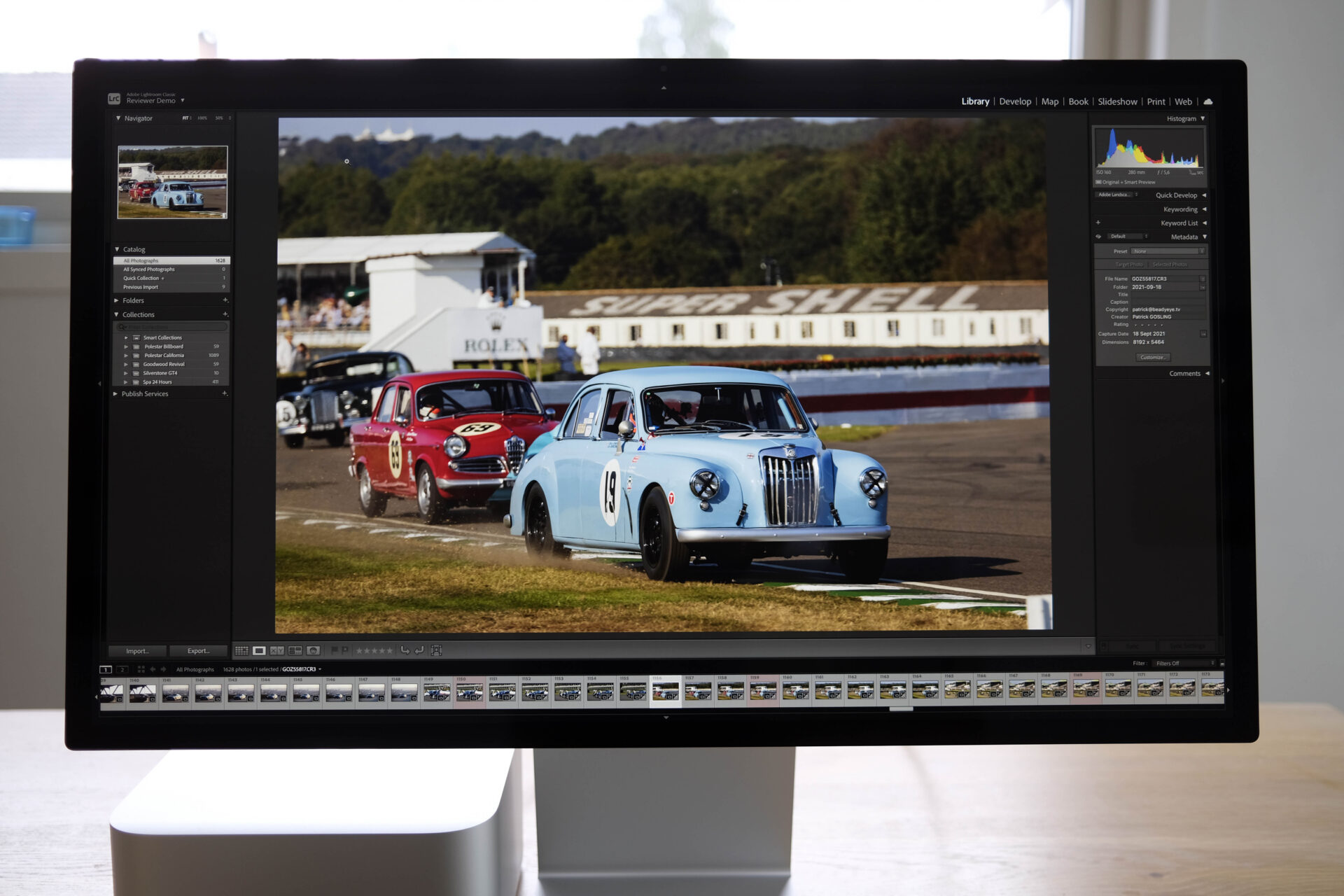The new Apple Studio Display was launched at the same time as the raw Mac Studio, and is an absolutely beautiful screen. While most monitors are either 2K or 4K, this is a 5K monitor. Just like the screens on the well-known iMacs, with a 27-inch IPS panel.
Which also Apple Studio Display is equipped with.
The 27-inch screen can easily be confused with an iMac. Just without the chin under the screen, and it’s actually equipped with an A13 chip and 64 GB of internal storage, but it does not work without being connected to a Mac. As mentioned Mac Studio. Or a Mac Mini, Mac Pro, or newer MacBook notebook models.
The screen is most similar to the larger Apple Pro Display, but if you think Studio Display is expensive, wait until you see the price of the Pro Display. Which is a slightly different screen, it must be admitted. 32-inch and with 6K resolution in 16: 9 format, and as much as 1 million to one in contrast, and 10-bit color depth, that’s what only the most demanding professionals need.
Apple Studio Display costs a third, and for most people it is a much better buy. It can also be supplied with a nano-coating – at an additional cost, which is a dense texture that is etched into the glass to dampen reflections without compromising contrast and sharpness.
There are not many exactly the same 27-inch that are directly comparable to Studio Display. Reputable Eizo makes 4K screens for photo and graphics in the same size and price range, as does LG, which has an excellent 5K screen at a more favorable price, but the selection of options is not large.
Charging the laptop
Apple’s Studio Display is priced at DKK 19,000. Then you get an IPS panel with 218 dpi resolution, up to 600 nits brightness, with support for P3 color space, and one billion colors. The screen also supports True Tone, which adjusts the color temperature of the screen to the light in the room, and reduces blue, which in the worst case can cause headaches.
If you turn the screen, you will find three USB-C connectors and one Thunderbolt 3 input and output with 96 W charging power. Plug in your MacBook and the screen will charge the battery. Note that there is no HDMI input on the screen, which strangely enough does not have an on / off switch either. Instead, it turns on automatically when connected to a compatible Mac, and turns off when the Mac goes to sleep.
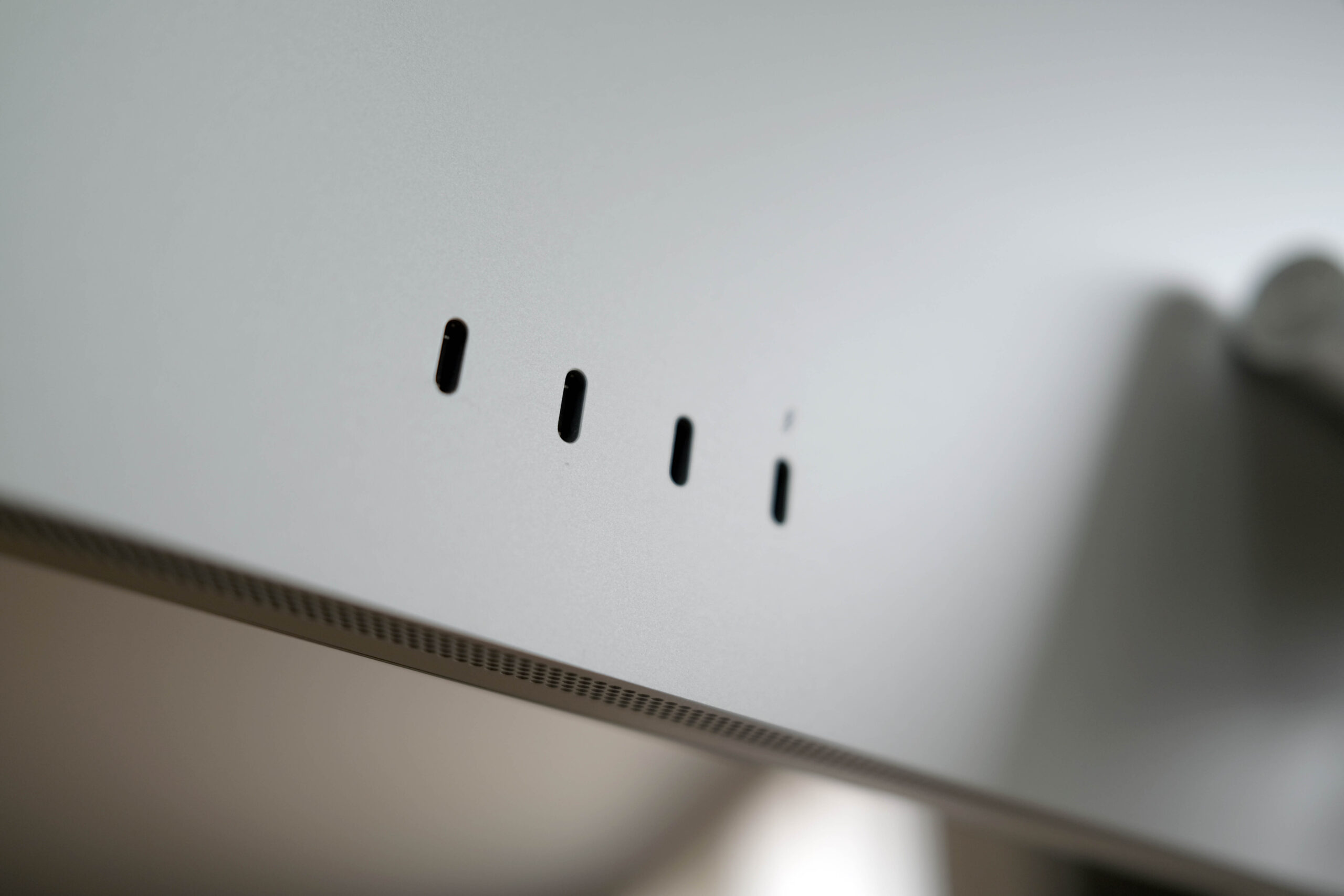
There is also a Vesa wall bracket for the screen, which makes it possible to swing the screen vertically, and a table stand with 105 mm height adjustment. They can either be delivered pre-assembled and make the screen a little more expensive, or retrofitted by an Apple specialist.
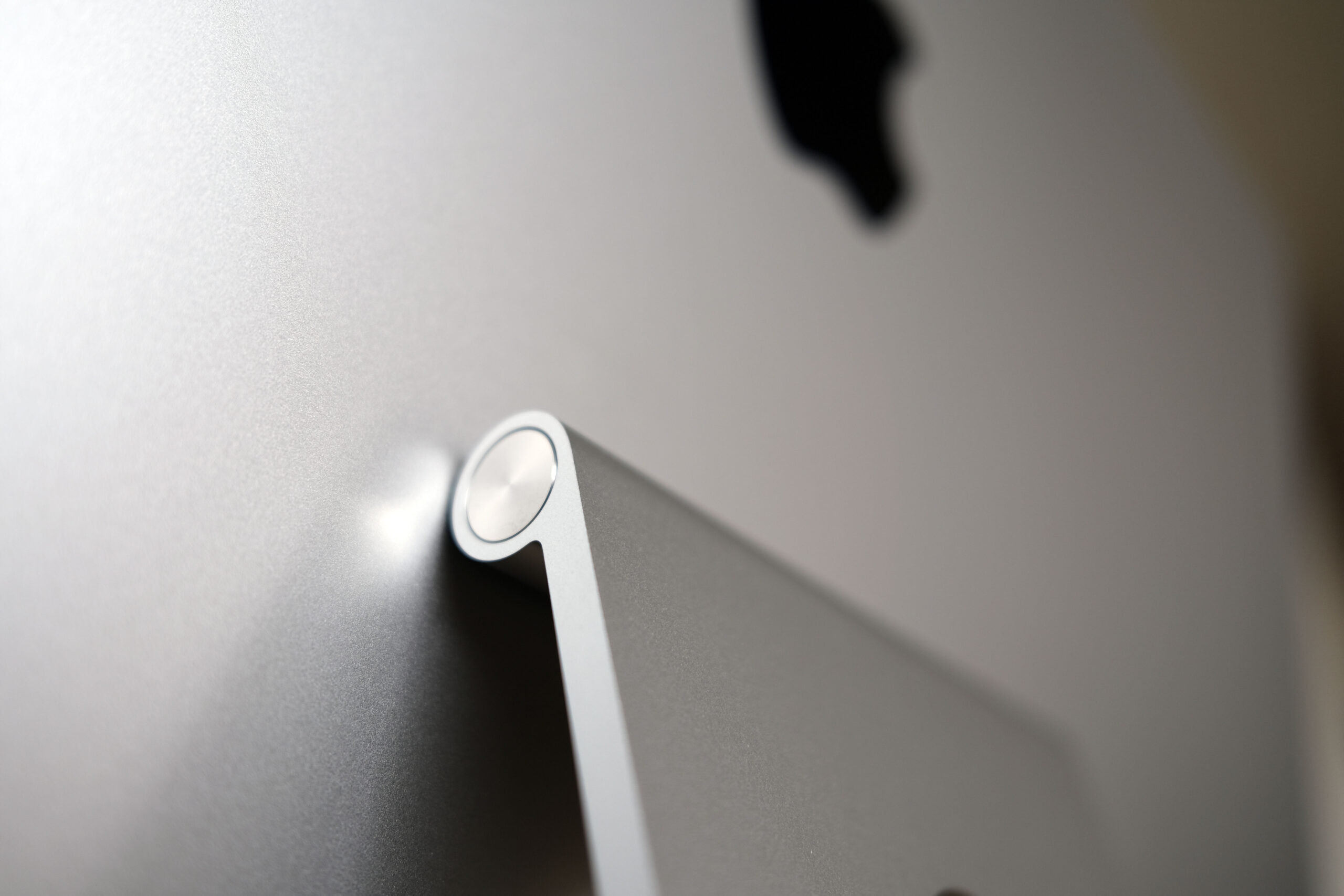
Fet lyd
The screen actually has built-in speakers. Which are surprisingly good. They are hidden on the inside and consist of four bass elements in push-pull, configuration, and two treble elements. The screen also supports Apple’s Spatial Audio, and Dolby Atmos, and the sound it delivers is several notches up in quality, compared to what is common in such screens.
There is actually bass and dynamics in abundance here. A round of Apple TV + and Apple Music, was very convincing. I doubt that musicians and music producers will settle down with the built-in speakers, but many will not see any need for anything better. So good is actually the sound.
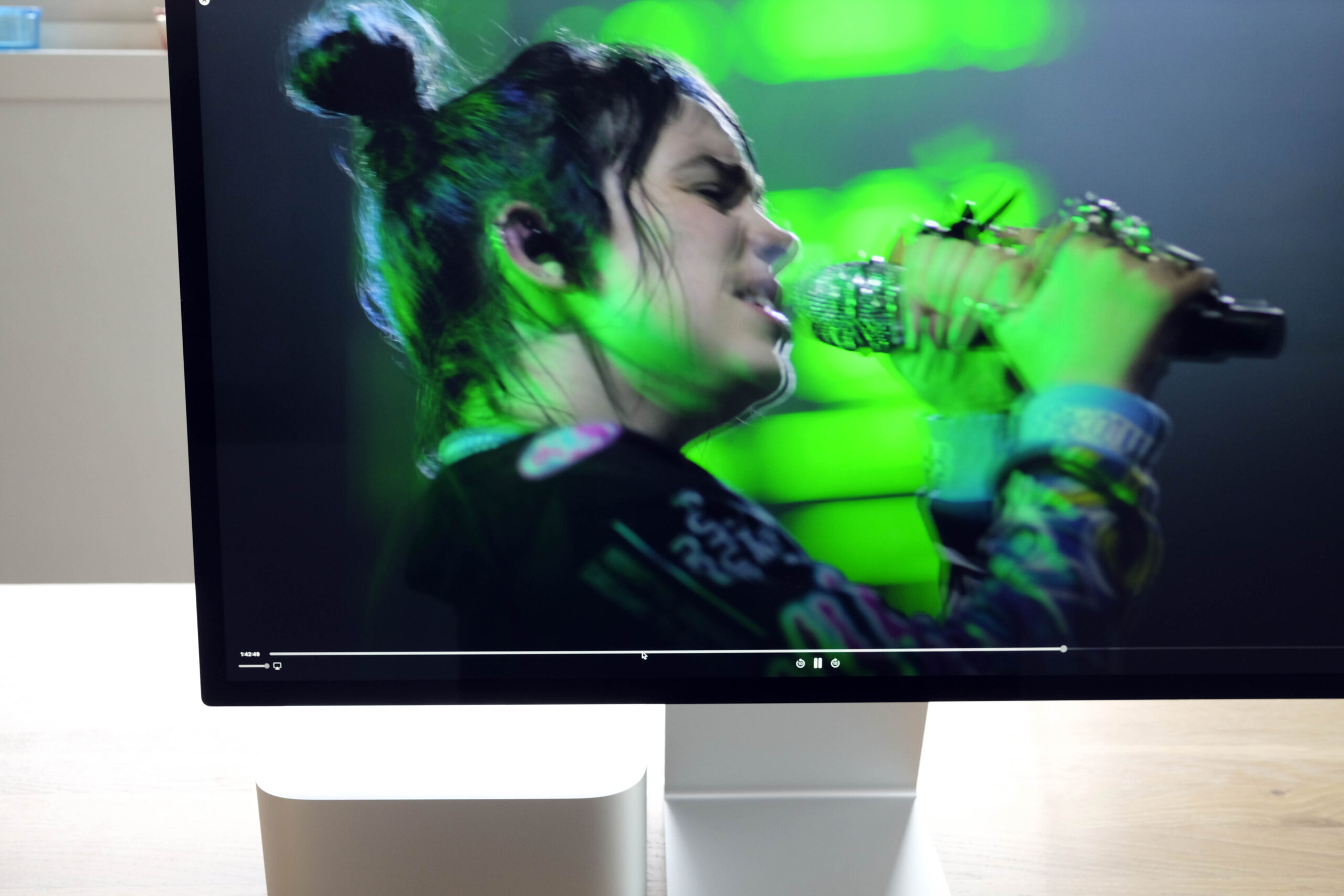
FaceTime
The screen also has a built-in FaceTime camera with three microphones on top, which provides glass-clear and noise-free sound to the conversation partner.
The camera is 1080p and has advanced image processing, which will improve the video quality, and provide correct colors without noise, with good definition and sharpness. The FaceTime camera also has the Apple Center Stage. Where the camera follows you and zooms out if others are on the video call. It looks pretty fat, but the picture quality is unfortunately deficient.
I compared the camera on the screen, with the camera on a 24 ” iMac M1, and the image quality from the camera on the iMac, was significantly better. Where the iMac’s camera gave the images good sharpness, even contrast, fine color gradations and little image noise, the images from Studio Display were blurred, washed out and coated with a coarse layer of image noise.
Strange.
Apple says that there will be an update to the screen that will solve the problem. It was not ready before we had to return the screen, so we have no idea how good the update is, and whether it will give the screen proper image quality from the FaceTime camera at all.

Screen quality
The overall screen quality, on the other hand, is impeccable. You do not get more than 60 Hz, and Pro Motion with 120 Hz is not supported. We believe that the screen should, as long as it is aimed at professionals who practice video editing at an advanced level.
The screen also has no support for HDR, also it is a strange omission on what is after all a professional screen. Compared to the screen on a calibrated 27 ” iMac (with Intel), however, you see that there is a much greater range of contrast and smoother gradations on the Studio Display screen, which also has a more correct white balance right out of the box, than the calibrated iMac the screen has.
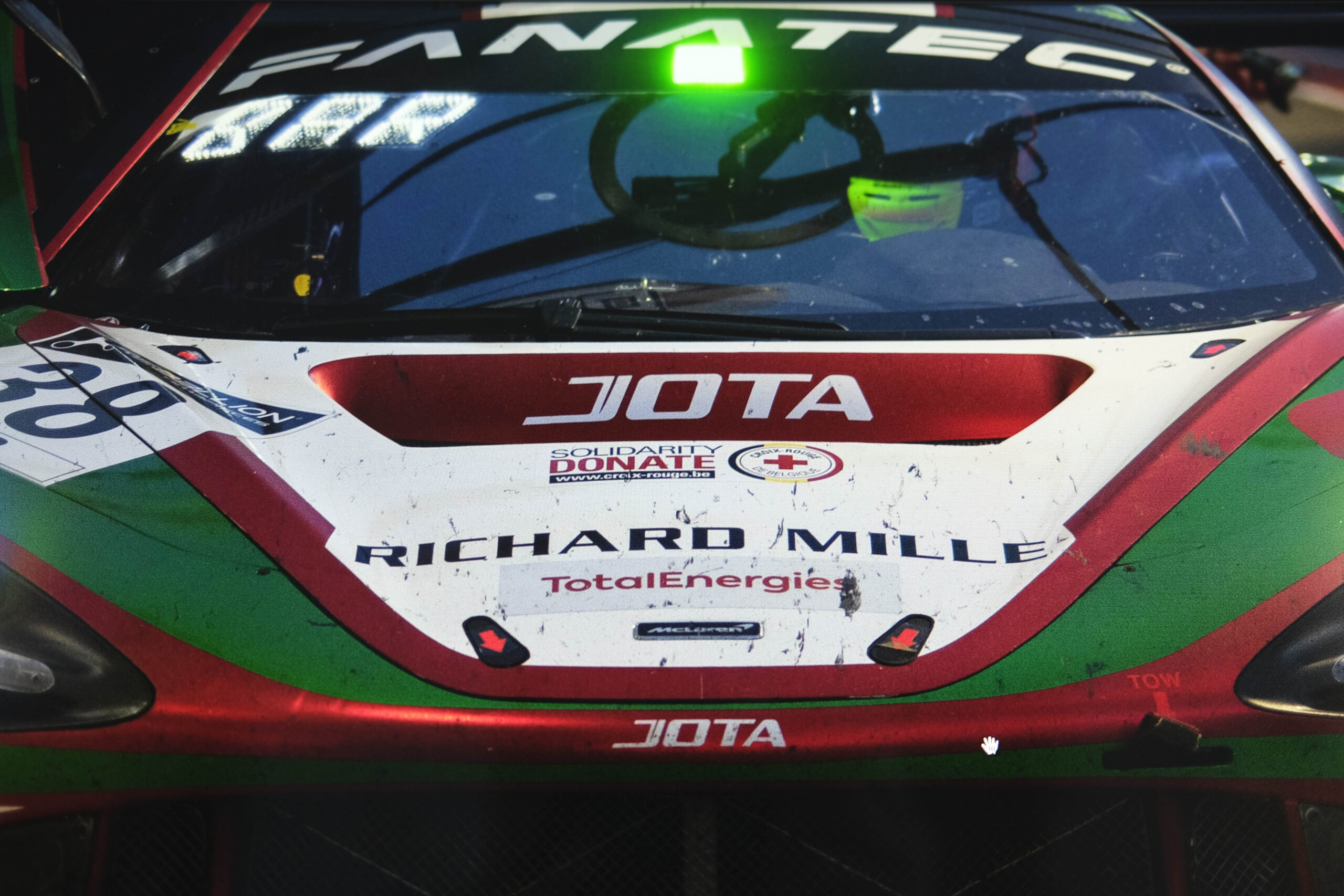
Editing in Final Cut Pro or Adobe Photoshop is ridiculously fun in combination with the lightning-fast Mac Studio. Running buttery slow motion videos across the razor-sharp screen simply looks phenomenal, but with even deeper black levels, such as in an OLED screen, videos and animations would look even more appealing. Micro LED is an option that Apple already uses in the iPad Pro, but after all, the IPS panels Apple uses are among the best on the market. You will notice this on Studio Display.
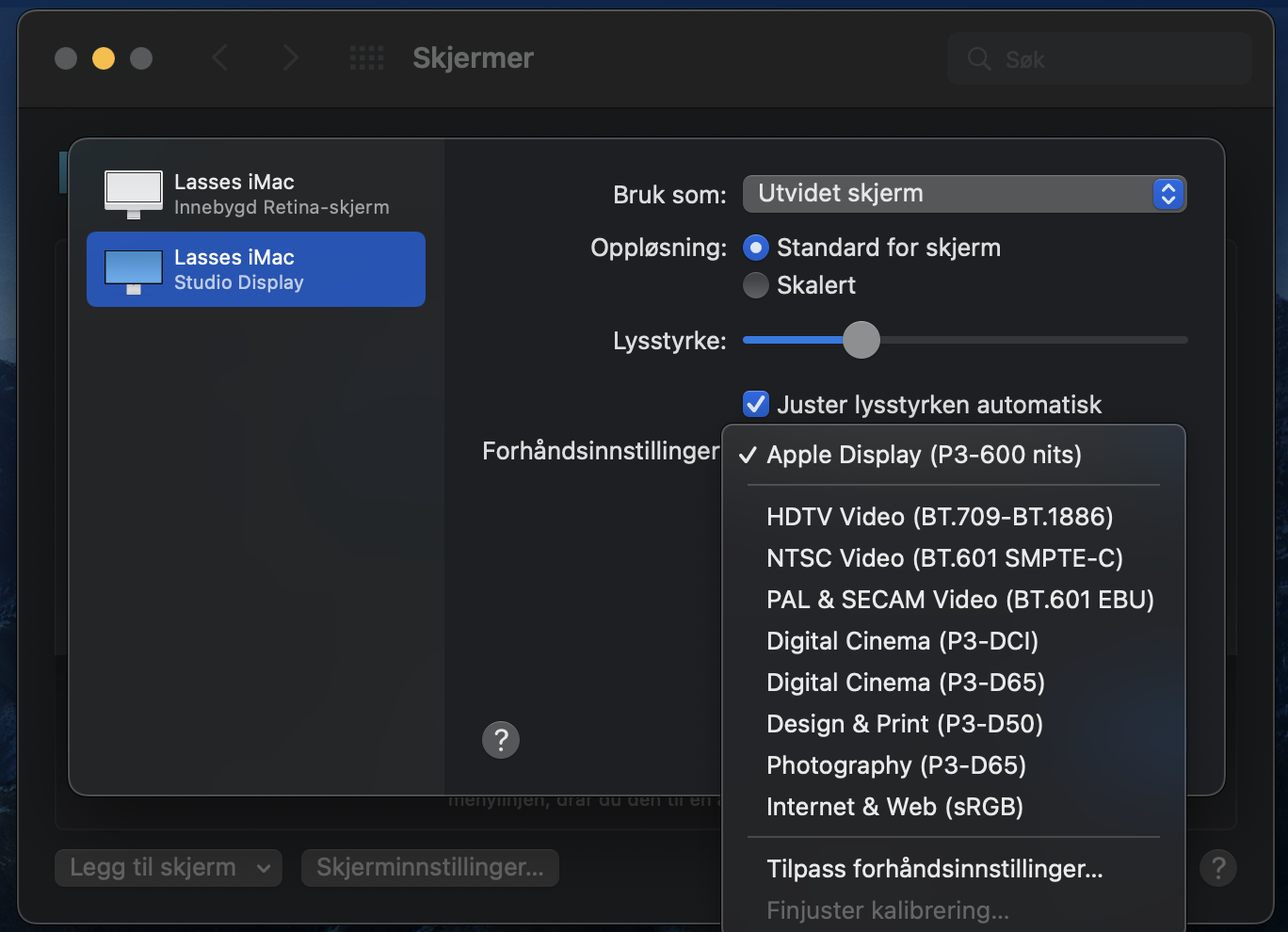
Conclusion
Apple’s Mac Studio is the natural partner for Studio Display. But I also used it with an older MacBook and a newer 24 iMac M1, and both worked flawlessly with the screen. Which is built a notch or two more solid, and is more elaborate than most in this class. The price may seem daunting, and given that LG’s UltraFine 27MD5 has a similar 5K panel for four to five thousand less – depending on where you shop, the Apple screen appears overpriced. The LG screen also works with most PCs. But it does not look as good next to a Mac Studio, and does not have near the same fat sound as the Apple screen. Which would have been perfect with HDR, ProMotion, and a better FaceTime camera. Recommended, but a weak fiver.
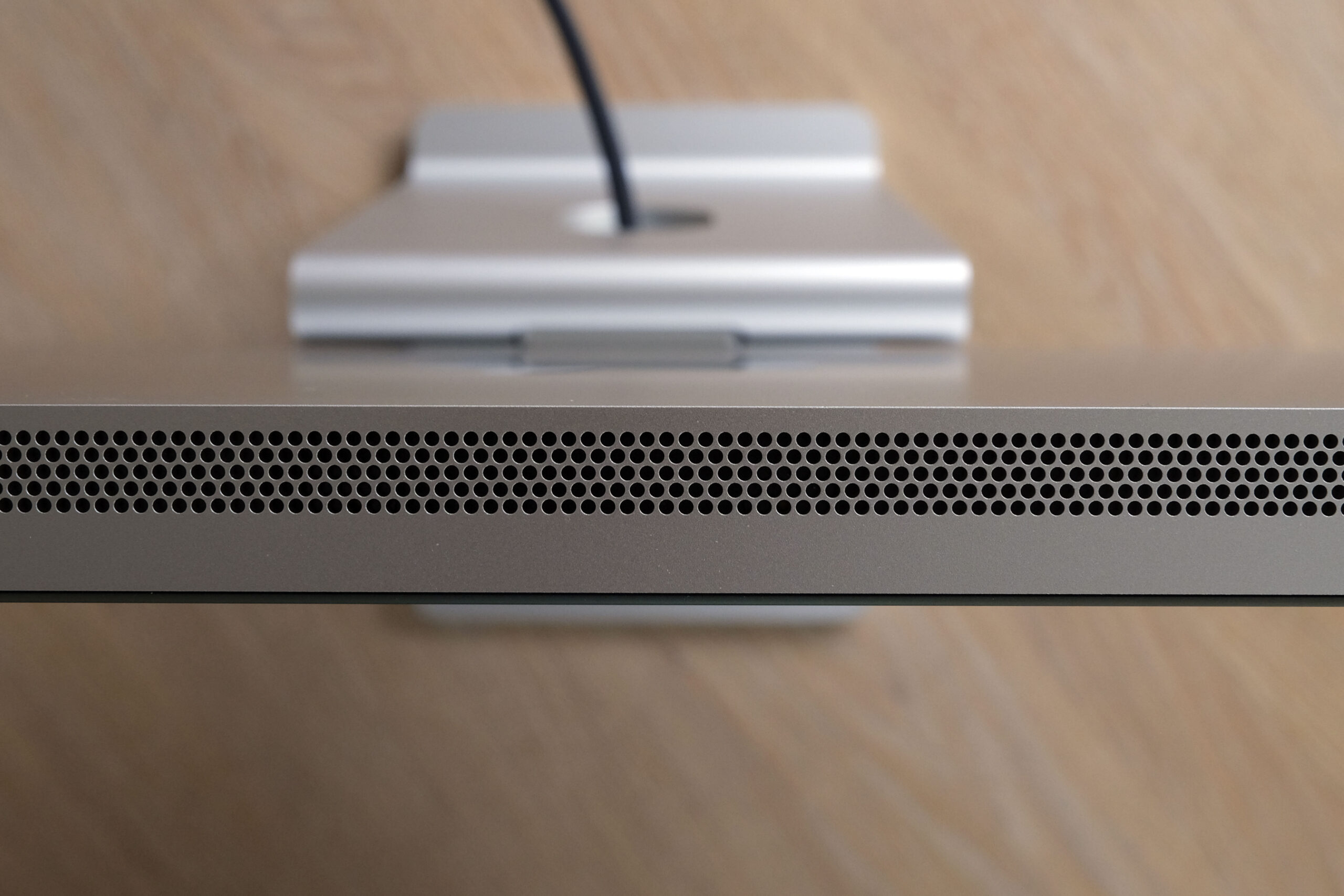
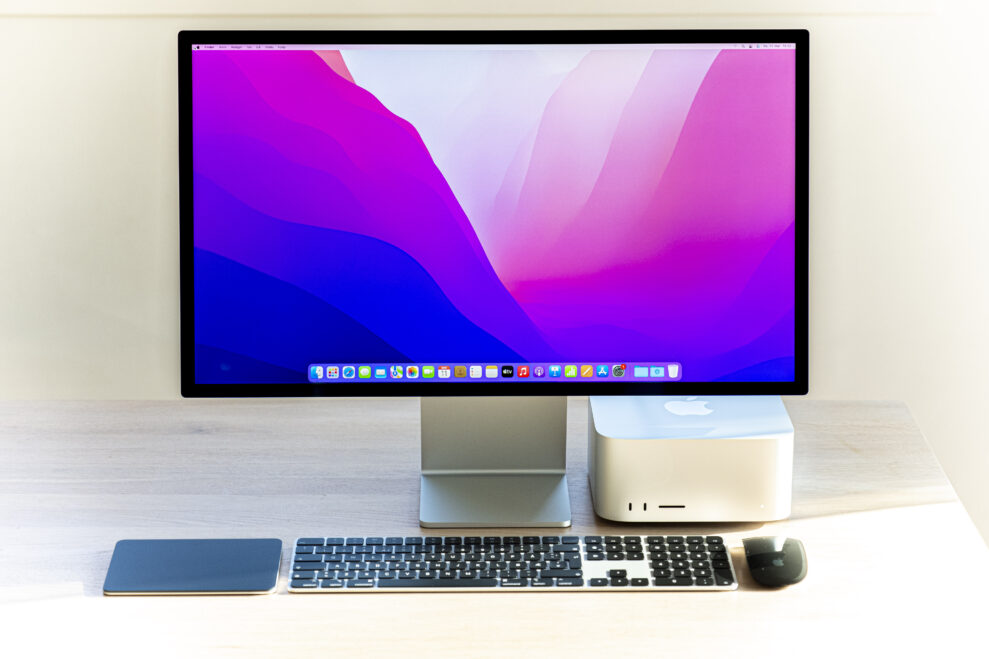
–
– –
